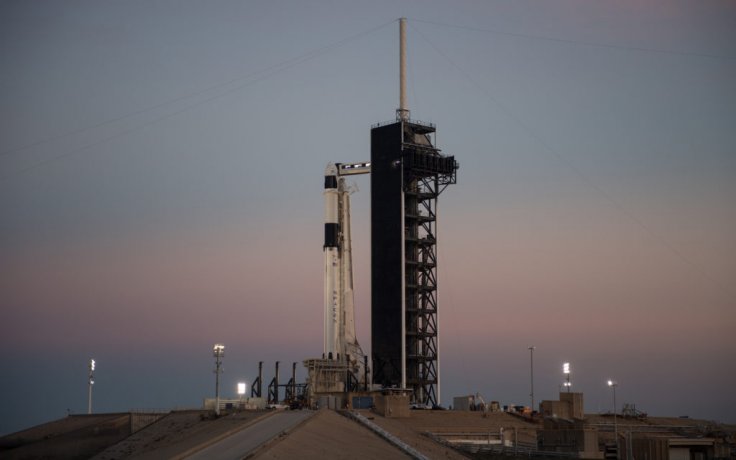Flight controllers applauded as SpaceX launched mini-satellites into orbit on Monday from Cape Canaveral. The third batch of the Starlink satellites had 60 internet-beaming satellites which was launched from the re-used Falcon 9 booster.
This batch of satellites addressed one of the major concerns which was that the thousands of the quarter-ton, flat-panelled satellites obstructing astronomical observations. The launch involved one spacecraft to experiment dark coating which would address the issue presented by the observers.
The objective behind the launch of Starlink is that the company wants to begin limited Internet service. The technology would allow access to the internet from various parts of the world for US customers. The Starlink project is being seen as a core area for Space X in the future. The present launch makes the company the operator of the largest fleet of commercial satellites surpassing Planet.

'Liftoff! Go, Starlink, go, Falcon on the Space Force inaugural launch'
Falcon left the building of Space Launch Complex 40 at Cape Canaveral Air Force Station in Florida. As it climbed into orbit the nine Merlin 1D engines lit the sky. The reused Falcon 9 was the second booster to be used by the company four times for launching satellites. The first stage touched down on the landing platform "Of Course I Still Love You", a name given by Elon Musk in honour of Iain M Banks.
The constellation of satellites is hoped to bring success in creating and expanding the internet to a wider scope. The company is planning on covering various countries in the coming future. The current dependence on wireless cell towers or cables routed into homes and offices can be reduced after the Starlink project is active across the globe. It will also give access to high-speed internet.
But everyone is not thrilled about the constellation of satellites. The astronomers fear the obstruction of the view of many crucial observation that could be made. This was the major reason behind the experimental spacecraft that could clear the obstruction by reducing the reflection.









